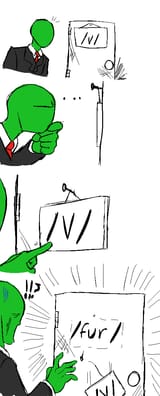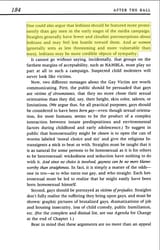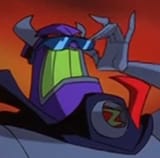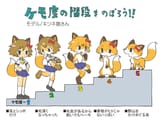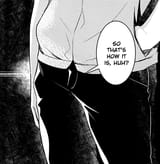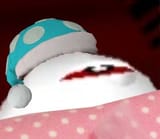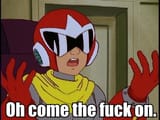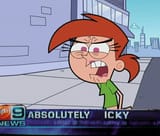>>149878400
>Can you elaborate on this?
In the 60s, Tezuka’s students grew dissatisfied with kid-focused Disney-style comics he preferred, so they pioneered "gekiga" - realistic, adult-oriented comics. The icon of this movement was Takao Saito, the creator of Golgo 13 - he refused to even call his work manga, only gekiga. The term eventually fizzled out, but the sentiment remained forever - manga didn't have to focus on just funny animals and superheroes, it could be anything, in any genre, for any audience. Anime’s evolution mirrored this. Unlike Disney, Japan lacked funds for fuckhuge animation houses, so studios like MushiPro and Toei adopted cheaper limited animation techniques taken from Hanna-Barbera (it was Tezuka's idea). Unlike in the US, there was no separation between "cheap" TV animation and "expensive" animated film; everything was cheap. This meant talent wouldn't get funneled to one place like Disney; they would constantly shift between all kinds of projects, and this naturally bred variety, especially since most anime was adapting manga, and I already explained what was happening there. Then, during the 80s economic bubble, OVAs (straight-to-VHS releases) became a thing - even more stuff could now be animated, not limited by TV networks, with a growing (and rich) audience of consumers, the early otaku community. This is how hentai was born, and a lot of now-famous authors, like Hideaki Anno, found their footing in that space.
In the meantime, Disney was choking the life out of everything. Bakshi wanted to start his own movement, but Fritz the Cat failed miserably, relegated to the sleaziest late-night screenings you can imagine, and that was all she wrote.
>how can Western animation can finally step towards really appreciate animation as an art form?
No clue. The only hope is indie animation. It's late as fuck, but only they could do what the gekiga movement achieved in Japan half a century ago. But then they make stuff like Hazbin Hotel.








